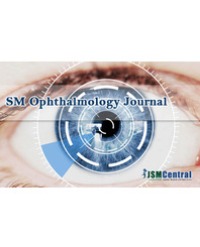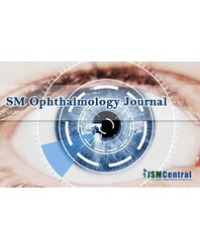
Unilateral Choroidal Osteoma with Choroidal Neovascularization
Purpose: Choroidal osteoma is a rare tumor which features intraocular bone formation. This tumor can be complicated by choroidal neovascularization which is a cause of impaired vision in this condition. We present a case of choroidal osteoma with choroidal neovascularization as a complication.
Methods: Case report with clinical and angiographic correlation.
Results: A 16 year old female presented with a choroidal osteoma in the left eye complicated by choroidal neovascularization. The patient was treated with Bevacizumab; an intravitreal anti-Vascular Endothelial Growth Factor (Anti-VEGF). Following treatment there was improvement in vision as well as resolution of the choroidal neovascular membrane.
Conclusion: We present a case of choroidal osteoma with choroidal neovascular membranes. Subfoveal Choroidal Neovascularization (CNV) associated with choroidal osteoma may be safely treated with bevacizumab. Larger studies are required to fully evaluate the management and long-term outcomes of anti-VEGF therapy for CNV associated with choroidal osteoma.
Courtney M Crawford¹ and Okezie C Igboeli²*


